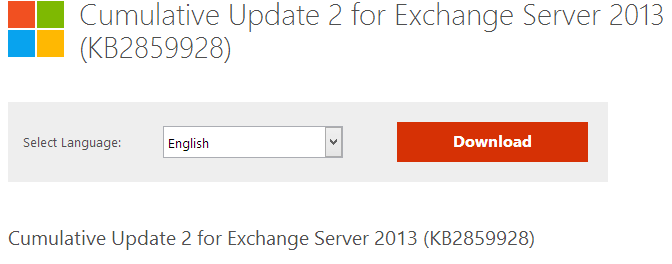The Exchange Team announces update Cumulative Update 7 for Exchange Server 2013 (KB2986485)
When you install this update your system version will change to: 15.0.1044.25
All informations about changes included in CU 7 for Exchange 2013 can be found here: KB2986485
This Cumulative Update contains the following fixes:
- 3004235 Exchange Server meetings in Russian time zones as well as names of time zones are incorrect after October 26, 2014
- 3012655 New-MailboxImportRequest causes unreadable characters when you import an ANSI format .pst file of Russian language
- 3012652 CalendarProcessing cmdlet does not generate delegate permissions to universal security groups in Exchange Server 2013
- 3009631 Advanced Find against the Sent Items folder in Outlook returns no result in Exchange Server 2013
- 3009612 Outlook Web App shows organization details on the contact card beyond the scope of user ABP in Exchange Server 2013
- 3009291 Shared mailbox cannot be opened in Outlook in an Exchange Server 2013 environment that has multiple domains
- 3008453 Cannot edit or delete forms from the organizational forms library in Exchange Server 2013


 English
English  polski
polski